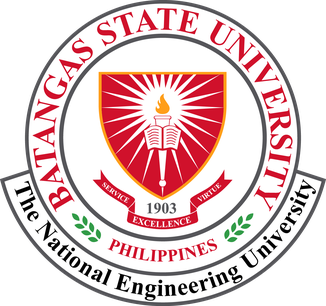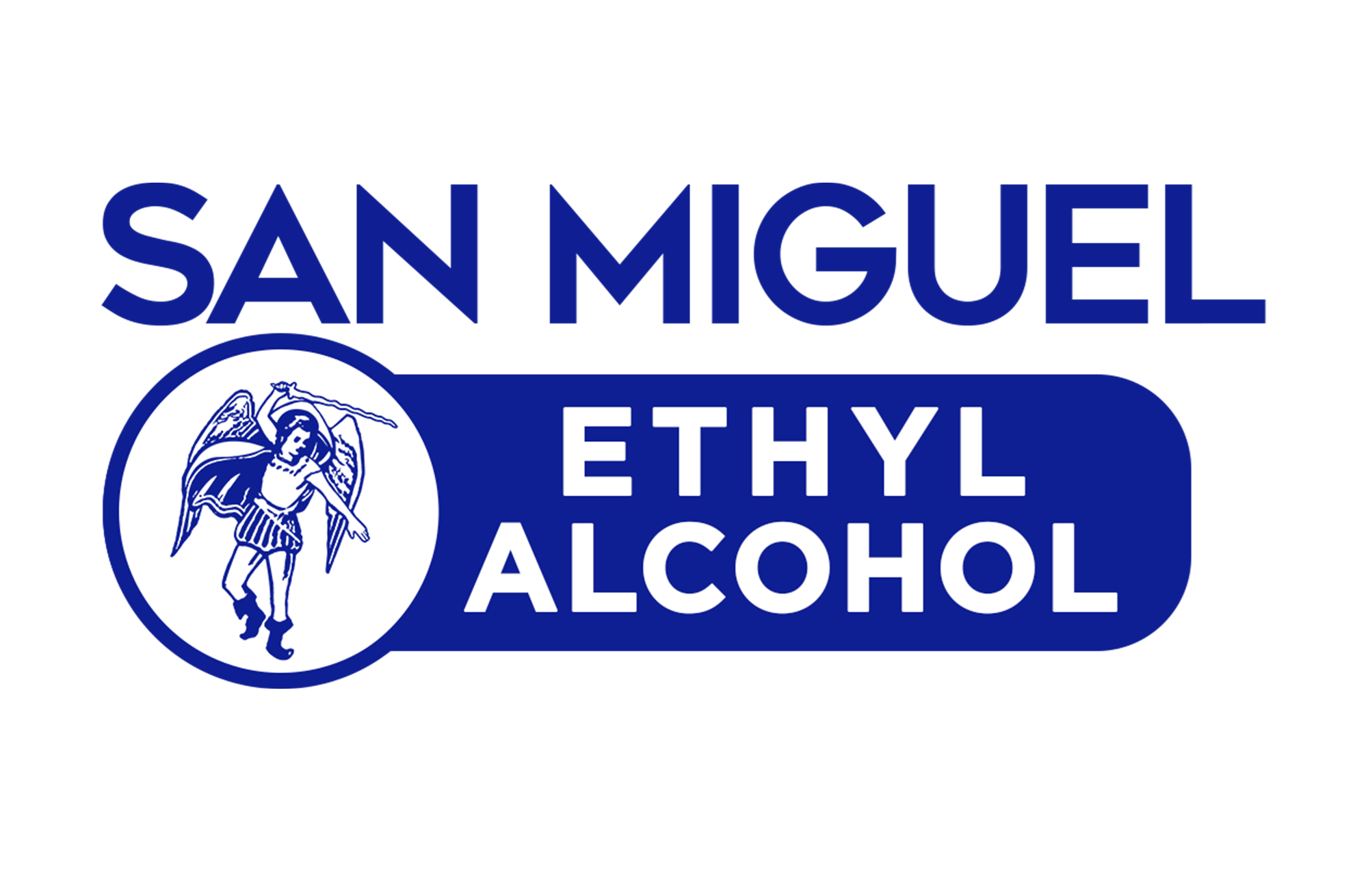Digitization and analytical imaging of world cultural heritage using state-of-the-art high-resolution scanning technologies
Abstract
Cultural heritage are world treasures that are becoming more vulnerable as time goes by due to various threats which could either be man-made (e.g. war, urbanization, terrorism, etc.,) or otherwise (e.g. climate change, natural disaster, etc.). Buildings can be rebuilt and plants can be replanted but the damage on cultural heritage is irreversible. Therefore it is important that all aspects of preservation and conservation must be explored. In this talk, state-of-the-art imaging technologies used for the digitization and analytical imaging of world cultural heritage will be presented. The techniques, which would be presented, were already used in various on-the-site projects in different countries such as Japan, Korea, China, Egypt and the United Kingdom. The objects that were digitized cover wide varieties of artifacts from different civilizations and empires like Pharonic period, Coptic period, Islamic period, Greco-Roman period, Han dynasty, Edo era, the Renaissance, Meji era as well as the modern era. To date, more than 3000 important cultural heritage objects have already been digitized using our imaging system and this figure is continuously increasing. The images are used as a digital record of the objects so that future generations would be able to appreciate it. In addition, using the physics of matter and light interaction, the images are mined for analytical information for material analysis through image processing. The basic technologies used for digitization and analytical imaging are as follows: 1) Ultrahigh precision digital imaging system; 2) Hyperspectral/ multispectral imaging system; 3) Three-dimensional imaging system; 4) Material analysis and database module; 5) Secure-UltraLarge file viewer (20GB and more); and 6) Petabyte class database management system. An overview of the most technically challenging digitization projects would be presented. These includes the complete digitization of a designated UNESCO world heritage temple in Kyoto, Japan (Ninnaji Temple); scanning of designated Japanese National treasure, the Uji Bridge folding screens, at the Tokyo National Museum; and the digitization of Egyptian artifacts in Cairo, Egypt. Finally, the challenges and new insights on the technologies for cultural heritage digitization would be discussed.















